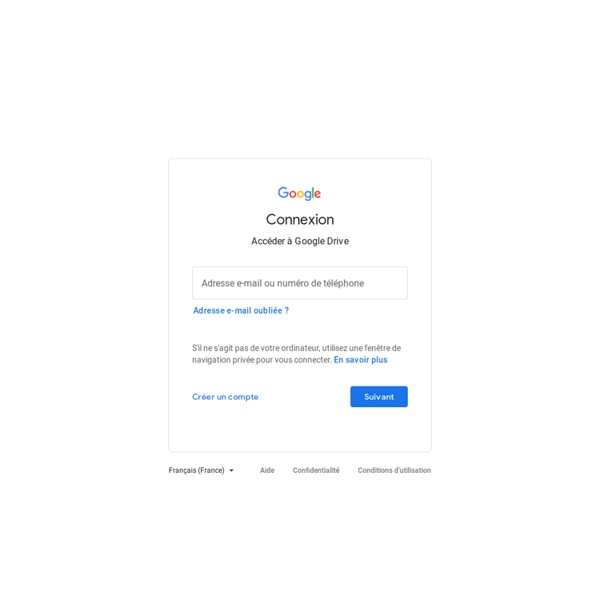Découvrez Google Drive : tous vos fichiers au même endroit.

موقع الكرتون العربي
Narzędzia i aplikacje internetowe
National Center for Biotechnology Information
LearningApps.org - interaktywne i multimedialne moduły edukacyjne
الصفحة الرئيسية
موقع العلوم الحقيقية
Android Apps on Google Play
The founder and CEO of Onnit, the mega lifestyle brand and one of the fastest growing companies in the country, teaches us how one single day of positive choices leads to a lifetime of concrete strategies for better living, optimal performance, and a stronger mind, body, and spirit. Human optimization thought leader Aubrey Marcus’s personal and professional mission rests on a single question: How can we get the most out of our body and mind on a daily basis? Marcus answers that question in Own the Day, Own Your Life an empowering handbook that guides readers to optimize every moment of the day, from waking in the morning, through work and play, until bedtime each night. With small, actionable changes implemented throughout the course of one day, we can feel better, perform more efficiently, and live happier. From workouts and diet to inbox triage, mindfulness, shower temperature, and sex, this ground-breaking manual provides simple strategies for each element of your day.
Related:
Related:



